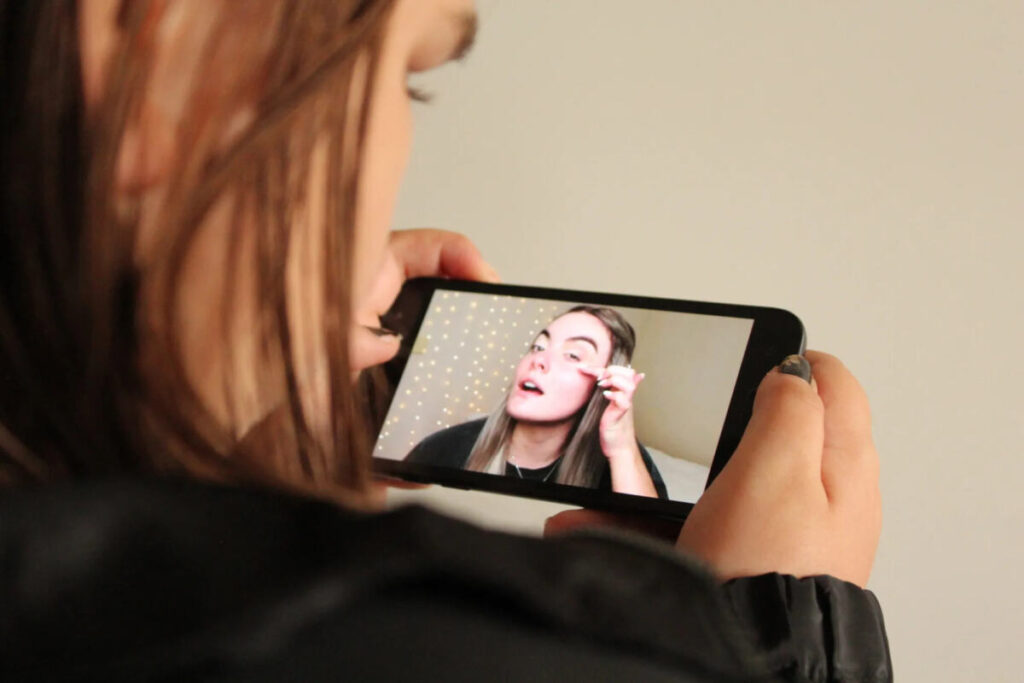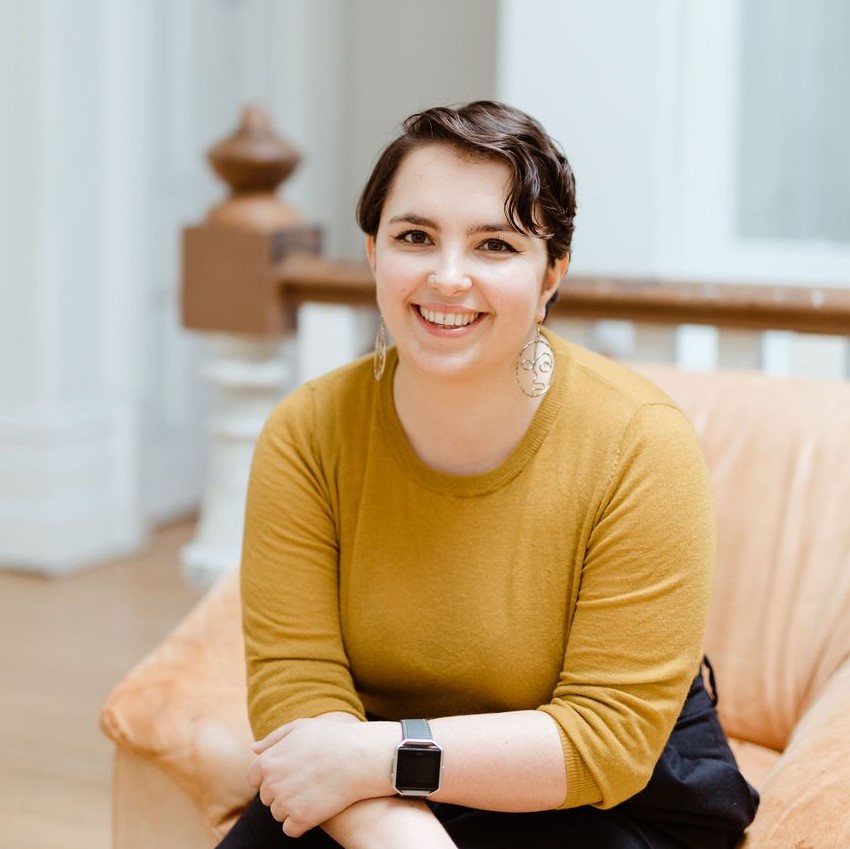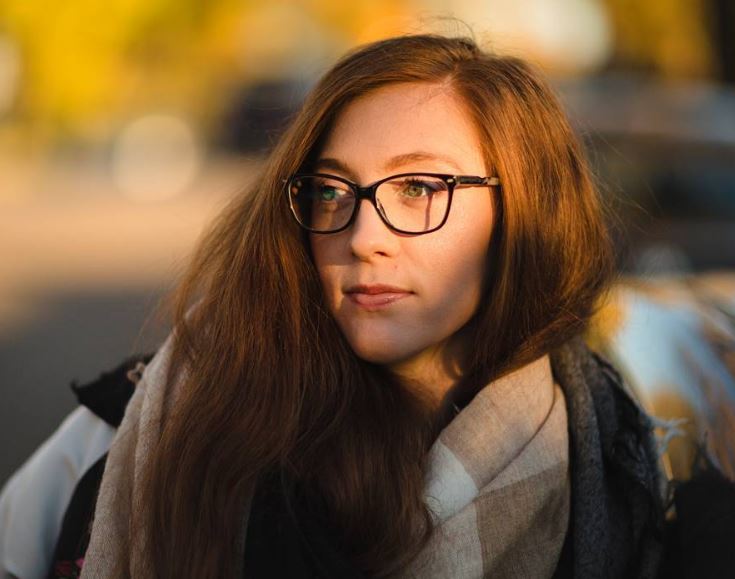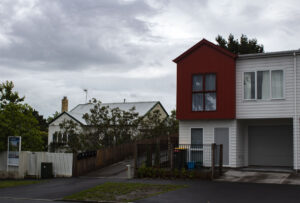The Little People: How Our Lives Are Shaped by Social Media

I read recently about a man named Toby from Papua New Guinea, who thought the quick distribution of cell phones and splattering of America and Chinese owned cell phone towers would bring about an apocalypse where the government can find you at any time. And really, if they wanted to, they could.

But Toby tells another story, one about traveling desperately across mountains in search for work. He got trapped in the cold rain one night, and when he awoke ants crawled across his frozen body. He was unable to move, simply awaiting death. Luckily for him, a traveling family came across him and were able to create a patchwork of calls, eventually finding his brother-in-law who came to search for him. Toby said it was unusual to ‘find the network’ in that area, believing it to be an act of God.
Toby’s story holds a dual perspective many of us understand about the virtual world. There are several troubling realities we are faced with when using mobile devices and the internet; tracking, privacy, safety and mental health, and yet we use them on the daily. Going without a phone could literally get you killed one day, and everyone around us has one, generating a FOMO sensation to those who do disconnect.
Not to mention, social media has become a place for people to connect with each other and find their ‘tribe,’ discuss politics and share information.
The duality of this situation is what I want to discuss in this piece. What are the positive effects of social media and what are the big issues? Now these things have been discussed all over the internet, formally and informally. So what sets my work apart?
So often, the discussion around social media begins and ends with billion dollar companies like Google and FaceBook. Documentaries like Netflix’s The Social Dilemma often leave out the human perspective, reducing us to disempowered and easily influenced numbers on a screen the same way a company would.
I want to bring in the human element, looking at this predicament not through a community or world view, but to focus on individuals as they work their way through social media.

YOUTUBE
YouTube is a wonderful place. It allows people to create and share homemade content like never before. Countless times, YouTube tutorials have filled in gaps in my own understanding. I’ve spent hours watching Vine compilations and vloggers and gaming YouTubers like the rest of my generation.
Similarly, Fallon Kate, a 19 year old YouTuber and Instagramer told me she was inspired by beauty vloggers growing up like people like Shaaanxo.

“People are quick to judge you when you put yourself on social media.”
“It feels very surreal working with some of the brands that I do now, the opportunities I have already received are crazy, working with brands like Boohoo, Luxe Fitness and Pia Boutique feels like a dream come true and I am so grateful.”
And this is a reality for plenty of people. YouTube is a space where anyone can make anything they want; and gain a following from it. One group greatly helped by YouTube’s rise is the Indie Film community. As highlighted by Louise Hutt’s Online Heroines project, YouTube provided spaces for people to tell stories that would have never been told otherwise. From those historically underfunded, like POC and women, to teenagers recording twenty second clips on their phone, creating visual content has never been easier.

The easy shareability of YouTube’s content is both a blessing and a curse. It’s simple to share videos you enjoyed with your friends, but just as easy to send something you disliked to start a conversation. YouTube’s comment sections can be entirely anonymous, and it’s easy to type something carelessly brash. We have to remember that these smaller YouTubers are creating most often not for monetary gain, but simply just to create.
One featured artist of Online Heroines, Bea Joblin said, “The internet is a place of uncensored negativity.” Most YouTubes solve this by just not looking at their comments, or turning them off entirely, but I don’t think it needs to be this way. As cliche as it is, we have to remember there’s faces behind these screens.
Though- this doesn’t all lie on the consumer’s shoulders. YouTube enables this behaviour through their algorithm, or ‘the thing that recommends us new things to watch.
The algorithm drives us towards extremist content- that is to say, one moment I could be watching something completely non-political, and three recommended videos later Ben Shapiro is telling me women don’t deserve rights. Many of us just click away when YouTube pushes us towards these spaces, but for young people looking for answers to life’s questions, well. They’re not always as lucky.
Similarly, Facebook has received a lot of backlash over both the NZ and US election cycles as it spreads radical perspectives and conspiracy theories. Both platforms thrive off engagement, and the algorithm knows if your grandma starts posting about 5G conspiracies, someone will desperately try and inform her of her mistake.
It’s hard to say just how much YouTube is responsible for the radicalization we are seeing within certain subsets of people. But, it certainly is a factor and one that hopefully, we can make enough of a fuss about. We’re just single people, but thousands of us can make a difference if we make enough noise.

TWITCH

For those that don’t know, Twitch.tv is a streaming website. People live stream themselves playing games, making jokes, creating art or reacting to YouTube videos, and viewers can leave comments in real time for the streamer to reply to.
During the pandemic, it’s some people’s favoured way to feel connected to others. Communities big and small spring up across Twitch with varying age groups, political perspectives, interests and genders. There’s a Twitch space for anyone.
Some streamers have made streaming their full time jobs. They monetize their platforms via subscriptions, with viewers trading a small sum for emotes (similar to emojis) they can post in the chat. Since Twitch is a free website, viewers often send tips to encourage the streamer to keep streaming.
I got in contact with TeaLex, a Twitch streamer, to learn about influencer burnout. It’s an issue that’s plagued the site from conception; when people start streaming it’s fun, but eventually it turns into a chore to log on.
One of the big issues with this system is the lack of stable income. It encourages streamers to keep going even when they’re tired of content creation. Unlike a 9-5 workplace there are no assigned days off, and many streamers have trouble making schedules with a healthy work life balance. Lex streams through most holidays, which both creates a welcoming space for those without a family to visit for Thanksgiving or a date of Valentines, but also stops her taking those days off herself.
“I don’t think that it’s possible to be a successful influencer and have a work life balance,” Lex told me as we discussed when she takes time off, “If you look at those [viewership] metrics you can see the real time impact of prioritizing yourself.”




